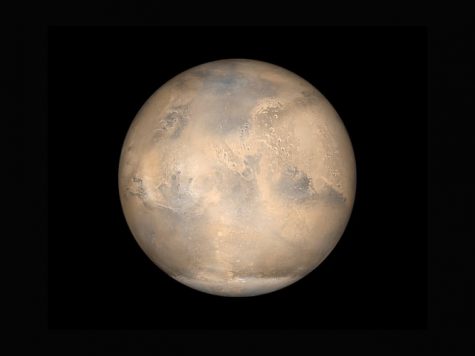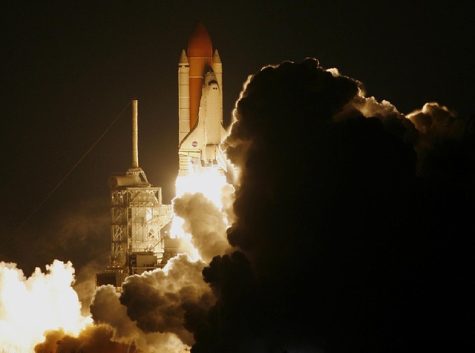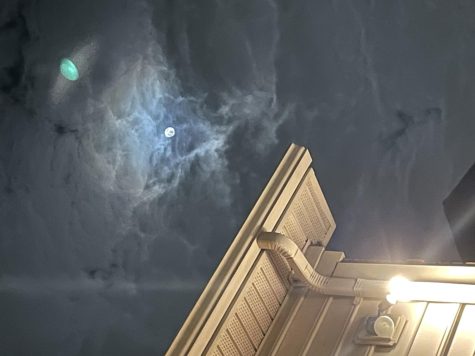NASA Mars Perseverance rover has successfully landed on the red planet

NASA’s Mars 2020 Perseverance rover securely settled on the red planet at 3:55 p.m. on February 18, 2021 after the 292.5 million-mile expedition from Earth. The spacecraft returned a high-definition glimpse of the rover’s shadow upon the surface of Jezero Crater, the site of an ancient body of water that persisted 3.9 billion years ago. This occurred while rotating its mast 360 degrees, enabling the rover’s Mastcam-Z apparatus to capture its first panorama.
Mastcam-Z is identified as a dual-camera system implemented with zoom capacity to focus on producing quality photographs and videos in 3D panoramic pigment. With the assistance of this device, robotic astrobiologists can confirm a specific analysis of distant and nearby articles. In addition, these cameras will assist in determining the climatic conditions and geologic antiquity of the rover’s landing site. It will further distinguish sediment and rocks necessary to be studied for the return to Earth in the future. Perseverance will additionally investigate Jezero Crater and examine microfossils found in rocks and soil. The following missions will deliver specimens of the site collected by the spacecraft to Earth around 2030.
Thomas Zurbuchen, the associate administrator for NASA’s Science Mission Directorate stated, “Perseverance is the first step in bringing back rock and regolith from Mars. We don’t know what these pristine samples from Mars will tell us. But what they could tell us is monumental — including that life might have once existed beyond Earth.”
Seven minutes of terror
Perseverance has been identified as NASA’s fifth rover and ninth landing on Mars to go through the infamous “seven minutes of terror.” It initially takes 11 minutes for the radio signals to approach Mars from Earth, resulting in a total of 7 minutes for the spacecraft to successfully land on Mars without the assistance of NASA teams. Weighing over a metric ton, this rover is by far the heaviest NASA has attempted to land. While moving at 12,000 miles per hour, the spacecraft caught the peak of the Martian environment and reduced its speed to 1.7 miles per hour 7 minutes after Perseverance arrived on the surface.
The rover’s objective was established as the most difficult site yet for a NASA spacecraft landing to be conducted on the red planet. The Jezero Crater is covered with abrupt cliffs, miniature craters, sand dunes, and extensive boulders rather than a flat, smooth surface. Terrain-Relative Navigation and Range Trigger are known as the device’s two primary upgrades that assisted in navigating this dangerous site.
The NASA Mars Reconnaissance Orbiter communicated and developed data through Perseverance while settling. NASA’s Odyssey orbiter eventually flew over the landing site to confirm its functionality at 7:27 p.m. Following this event, the European Space Agency’s ExoMars Trace Gas Orbiter returned data and photographs from the rover to Earth at 9:36 p.m. as well.
The mission of Perseverance
Once the spacecraft arrived, its 2-year mission began approximately 1.2 miles southeast of the river delta located in the crater. Perseverance will obtain photographs of its surroundings and return them while going through health inspections, software downloads, and other adaptations with engineers. Over a process of 10 days, the rover will allow a helicopter, known as Ingenuity, to descend onto the surface of the red planet. This miniature 4-pound helicopter will survive distant nights on Mars, attempting to remain warm and charged through solar panels. Then it will further become prepared for its first flight, lasting approximately 20 seconds.
“Perseverance’s sophisticated science instruments will not only help in the hunt for fossilized microbial life, but also expand our knowledge of Martian geology and its past, present, and future,” stated Ken Farley, project scientist for Mars 2020.
The route Perseverance will endure is 15 miles long and will proceed for multiple years as it will drive less than 0.1 miles per hour, 3 times faster than previous rovers. Perseverance additionally carries distinct instruments that contribute to further exploration of Mars in the future. One of which is MOXIE, the Mars Oxygen In-Situ Resource Utilization Experiment the size of a car battery that will attempt to convert Martian carbon dioxide into oxygen. This could assist NASA scientists in determining the production of rocket fuel in space and oxygen that could be utilized during future human exploration of the red planet.
My name is Rania Shah, and this is my second year at Oakton High School as a sophomore. I am currently a member of the Editorial Board and have been a...









